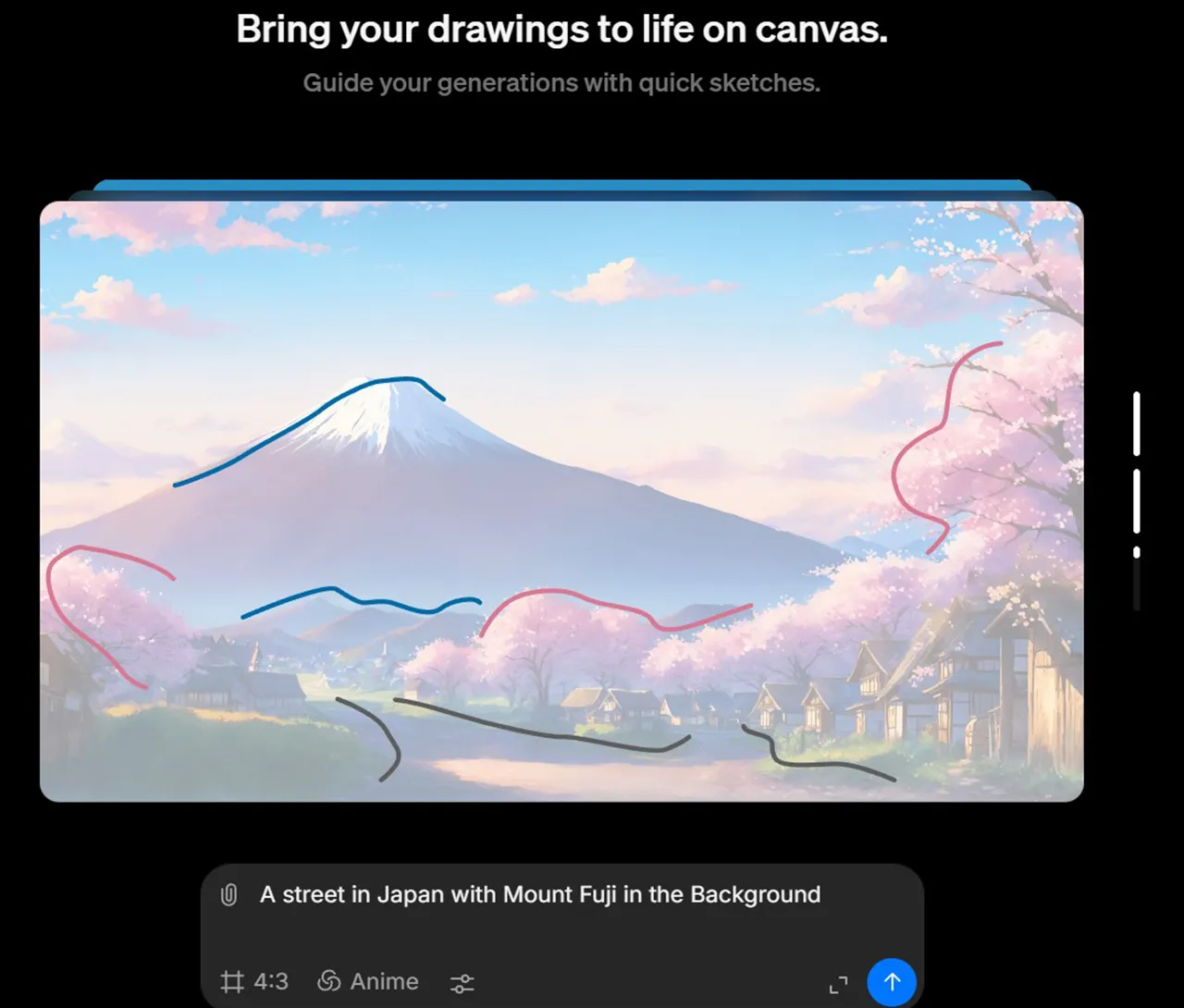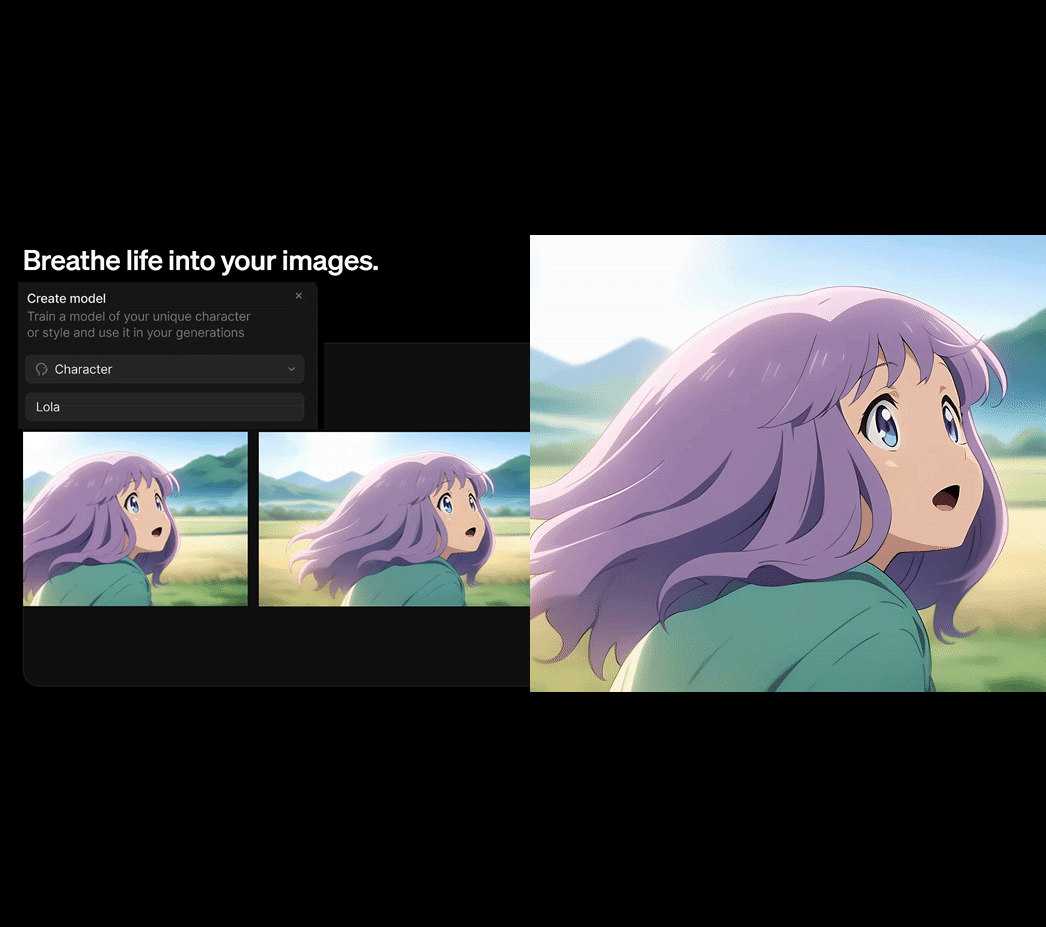A quiet revolution is happening now. In today’s visual world, stories shine through reels, animations, and motion graphics. You can find them on many platforms. Artificial intelligence is changing how we make, edit, and share visual stories. Morphic Studio is at the forefront of this transformation. This AI-driven creative platform connects storytelling ideas with production. It helps creators bring their stories to life without needing a big team or costly tools.
Content is now crucial for influence in marketing, entertainment, and education. So, the need for accessible, high-quality motion design has soared. Morphic Studio makes a clear promise: AI handles the details, so creators can focus on their work. The question is, what makes it work, and how is it rewriting the rules of visual storytelling?
The New Age of Visual Storytelling
Storytelling has transformed from TikTok creators to brand designers. Motion graphics have now surpassed static images and text-based content. Before, creating visual assets required skills in complex software like After Effects or Blender. Mastering these programs took a lot of time and effort. Many storytellers hit creative blocks. So, they often turn to templates, outsource work, or lower their goals.
Morphic Studio changes that equation. Using advanced generative AI with simple design tools helps users make animated content fast. They can turn their ideas into reality with just a few prompts. Think of it as a smart assistant. It gets design language, narrative flow, and branding context.
The global market for generative AI in animation was valued at US$ 2.1 billion in 2024 and is projected to surge to US$ 15.9 billion by 2030, growing at a CAGR of 39.8%
What Is Morphic Studio?
Morphic Studio is an AI-driven motion design platform. It helps people and teams create high-quality motion graphics quickly and affordably. Users describe their vision, such as, ‘Make a looping animation of a solar eclipse with dramatic lighting.’ Morphic’s engine transforms this into a smooth visual experience. There’s no need for timelines or keyframes.
Morphic has a team with strong ties to Pixar, Adobe, and DreamWorks. So, it blends creativity with machine intelligence. Its AI doesn’t just create visuals. It picks up on style cues. It understands rhythm. Then, it adjusts animations for various channels and audiences. Morphic offers a toolkit for any project. It doesn’t matter if it’s a product launch, social media campaign, or documentary. It speaks your language.
How AI Is Powering Morphic’s Capabilities
Morphic’s real magic comes from its AI architecture. It combines generative design, dynamic animation, and narrative coherence smoothly. Here’s how it works:
Semantic Understanding of Prompts
Morphic’s AI isn’t just parsing words; it’s decoding intention. Type ‘a kinetic typography animation for a climate change awareness reel.’ The system will draw from visual libraries, motion principles, and brand styles. It creates something that is both technically accurate and emotionally engaging.
Style Transfer and Personalization
One of the most compelling features is style memory. Morphic can analyze your brand’s visual tone, like colors and fonts. It looks at movement patterns too. Then, it applies this style to new content. This ensures consistency and saves time otherwise spent manually tweaking assets.
Real-Time Preview and Editing
Morphic’s AI stands out from traditional animation tools. While those can take minutes or even hours to render previews, Morphic does it in seconds. This leads to quicker feedback, more chances to experiment, and smoother creativity.
Automation Without Compromise
Automation in design often feels soulless. Morphic defies that expectation by offering “guided automation.” Start with a generated animation. Then, you can fine-tune it with simple controls. You can adjust pacing, camera angles, or transitions. The AI adapts instantly, offering variations that still align with your vision. AI-powered design tools are projected to climb from US$ 5.5 billion in 2024 to US$ 6.8 billion in 2025, at a CAGR of 22.2%
Also Read: Understanding Veo 3: The Technology Behind Google Flow’s Video Generation
Empowering Different Creator Segments
Morphic Studio isn’t just for designers or agencies. Its versatility makes it valuable for multiple user segments:
Brand Marketers
Marketing teams can easily create and launch campaign assets. These include Instagram reels, YouTube bumpers, and product intros. They don’t need an in-house motion team to do this. This drastically reduces production time and cost while maintaining brand integrity.
Content Creators and Influencers
YouTubers, TikTok stars, and podcasters can use Morphic to elevate their visual storytelling. They get custom motion content instead of static intros or stock transitions. This adds a professional touch to their videos.
Product Teams and Startups
Explainer videos, feature showcases, and onboarding animations often get overlooked. This usually happens due to a lack of resources. Morphic helps product teams create these in-house. This speeds up time to market and boosts engagement.
Creative Agencies
Even experienced designers use Morphic. It helps them speed up ideas and create mood boards or concept animations. The platform doesn’t replace Adobe After Effects. Instead, it complements it. This helps studios focus more on creative direction and less on repetitive tasks. 75% of video marketers report using AI tools to create or edit content. 56% of marketers named short‑form video as their top investment area in 2024.
Speed, Scale, and Accessibility
In traditional animation, making a 30-second video could take days or even weeks. With Morphic, turnaround time drops to minutes. This changes the game in today’s fast-paced media world. Now, being first is just as important as being polished.
And it’s not just about speed, Morphic scales effortlessly. Want to generate 10 variations of an ad for A/B testing? The AI can tweak messaging, layout, and motion style based on your parameters. Need to localize content for different regions? The system supports multilingual typography and context-aware design swaps.
Accessibility is perhaps Morphic’s most important contribution. By lowering the technical barriers to entry, it democratizes motion design. You don’t need to know the twelve principles of animation; you just need an idea. Morphic takes care of the rest.
Use Cases That Show the Shift
Spotify-style Visualizers
A music producer used Morphic to make animated visualizers. These visuals sync with the rhythm and tone. This process usually needs audio-reactive scripting. The AI created these in less than an hour. This helped the artist launch a full EP with motion assets that are consistent and on-brand.
Startups Launching New Features
A SaaS startup used Morphic to create an animated product update video. It turned static UI screens into smooth sequences that showcased new features. What would have cost US$ 5,000 and two weeks was completed in two hours with internal resources.
Nonprofits Telling Impact Stories
Environmental and educational nonprofits use Morphic to create emotional motion pieces. These storytelling-driven videos help with fundraising and raising awareness. One campaign boosted engagement by 35% using AI-generated motion visuals. They replaced static infographics with these dynamic graphics.
AI-Driven Storytelling in the Era of Content Saturation
To grab attention today, you need more than a good message. You need an engaging presentation. Motion graphics provide this, but only if they’re engaging, contextual, and timely. This is the value proposition Morphic delivers.
A Wyzowl report shows that 91% of businesses use video for marketing. Also, 96% view it as a key part of their strategy. But the production bottlenecks remain. Morphic is breaking down barriers. It’s not just changing workflows; it’s transforming what visual storytelling can be in the AI era.
Ethical Creation and Human-Centric Design
A growing concern in the creative industry is whether AI will replace human artists. Morphic’s approach is different. Rather than automating creativity out of the process, it augments human imagination. The user remains the storyteller; the AI is the co-director, editor, and animator.
This human-in-the-loop model ensures creators maintain control over the narrative. It also encourages ethical use. Morphic includes transparency and customization at every step. You’re not generating from a black box; you’re actively steering the creative process.
Where Is Morphic Heading?
Morphic Studio’s roadmap features:
- Deeper integrations with popular design tools
- Advanced character animation
- Voice-over syncing
- Expanded AI capabilities for real-time team collaboration.
Picture working together on a motion story. Your scriptwriter, designer, and product lead can all join in live. They can use natural language or visual inputs to share their ideas.
As AI models become more multimodal and aware of context, Morphic will probably turn into a complete creative OS. This platform will blend design, animation, branding, and storytelling using seamless intelligence.
Democratization of Motion Design Has Arrived
Morphic Studio revolutionizes design by harnessing AI power. It changes how stories are made, how brands connect, and how creators realize their ideas. Morphic has an easy-to-use interface and smart automation. It focuses on creativity, making high-quality motion storytelling available to everyone.
In today’s digital landscape, every brand, product, and individual has a unique narrative. Morphic empowers them to share these stories with ease, speed, and impact. The future of storytelling goes beyond visuals. It focuses on smart, responsive, and deeply human connections. By innovating one frame at a time, Morphic is driving this future forward.


